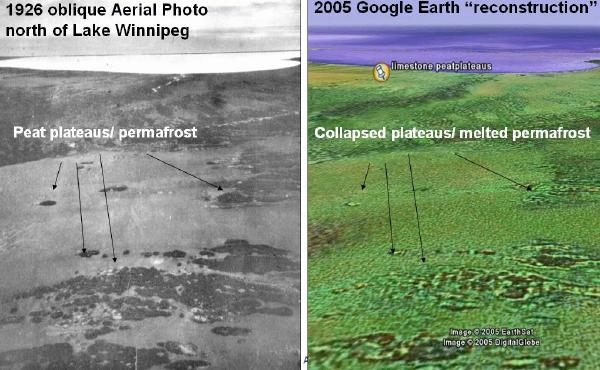An international team of scientists has settled one puzzle of the Arctic permafrost and confirmed one long-standing fear: the vast amounts of carbon now preserved in the frozen soils could one day all get back into the atmosphere.
Since the Arctic is the fastest-warming place on the planet, such a release of greenhouse gas could only accelerate global warming and precipitate catastrophic climate change.
That the circumpolar regions of the northern hemisphere hold vast amounts of deep-frozen carbon is not in question.
The latest estimate is 17 billion tonnes, which is twice the level of carbon dioxide in the atmosphere and perhaps 10 times the quantity put into the atmosphere by burning fossil fuels since the start of the Industrial Revolution.
Hazard underlined
In recent weeks, researchers have already underlined the potential hazard. But the big question has been that if some of the trapped carbon must be escaping now, where is it going?
Researchers have checked the mouths of the Arctic rivers for the telltale evidence of ancient dissolved organic carbon – partly-rotted vegetable matter deep-frozen more than 20,000 years ago − and found surprisingly little.
Now Robert Spencer, an oceanographer at Florida State University, and colleagues from the US, UK, Russia, Switzerland and Germany report in Geophysical Research Letters that the answer lies in the soil − and in the headwater streams of the terrestrial Arctic regions.

